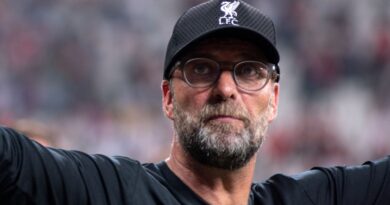Bundesliga 2025/26 transfer window: How much every club spent
The summer transfer window has officially closed, and all 18 Bundesliga clubs have laid their cards on the table. From headline-making departures to high-stakes acquisitions, the 2025/26 transfer period offered a revealing look into each club's ambitions, strategies, and financial muscle. While some sides opted for bold investments in pursuit of silverware or survival, others played it safe, offloading talent to balance the books.
This breakdown details exactly how much every club spent, highlighting the biggest movers, the most cautious operators, and the net winners of Germany’s top-flight transfer market.
Data aquired as of 21 October 2025
Bayer Leverkusen
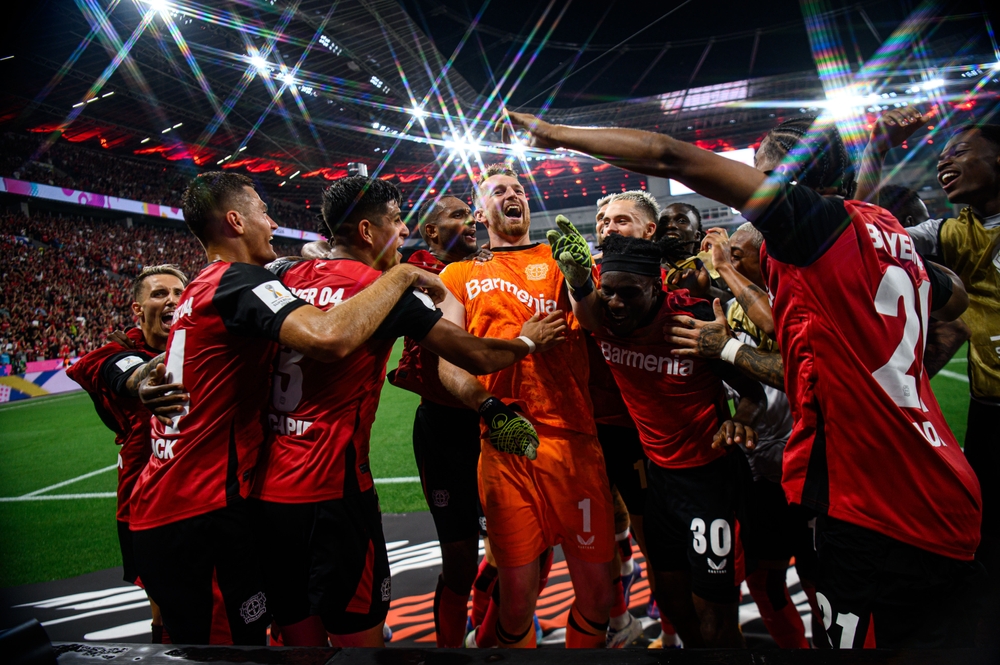
Leverkusen emerged as one of the most economically efficient clubs in the 2025/26 transfer window. With an expenditure of €198 million, they maintained a robust financial surplus thanks to outstanding sales totaling over €229 million. Their transfer strategy reflects a well-balanced approach between competitiveness and sustainability.
Read also: Golden boy 2025 power rankings: Football’s next generation of superstars
Leipzig

RB Leipzig committed €136 million to squad reinforcements this summer. However, thanks to a remarkable income of €195.1 million from player sales, the club reported one of the most favourable net balances in the league. Their business acumen continues to complement their on-pitch ambitions. They are currently positioned as no. 2 in the standings compared to their 7th ending last season, really showing improvements over the summer-transfer window
Eintracht Frankfurt
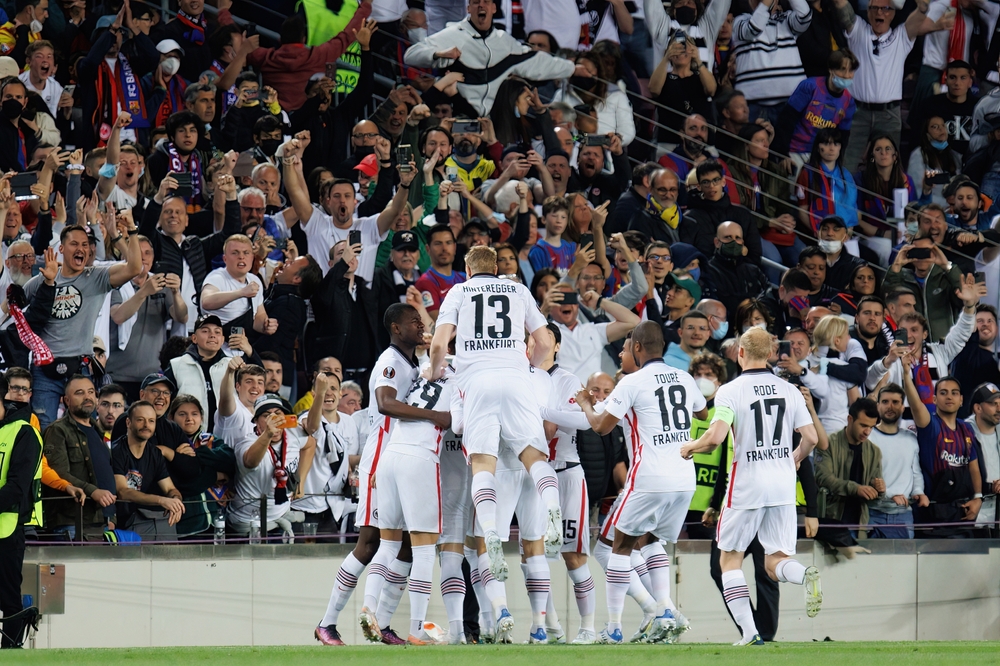
Eintracht Frankfurt spent €54 million in the window, placing them among the higher spenders. Nevertheless, with €127.2 million in income, they recorded a strong net gain. Their transactions indicate both sporting intent and sound financial control.
Stuttgart

Stuttgart allocated €52million towards player acquisitions. The club’s willingness to invest was supported by significant outgoings, generating €115.65 million in revenue. As a result, their transfer balance remained solidly positive around €73.2million.
Bayern Munich

Bayern Munich, predictably active in the market, spent €88.8 million on new signings. Despite the high figure, the club still ended with a surplus of nearly €10.2 million, having recouped close to €99 million in outgoing transfers. Bayern continue to operate with calculated aggression in the market.
Read also: Football’s worst penalty records: top 10 players with the most misses
Borussia Dortmund
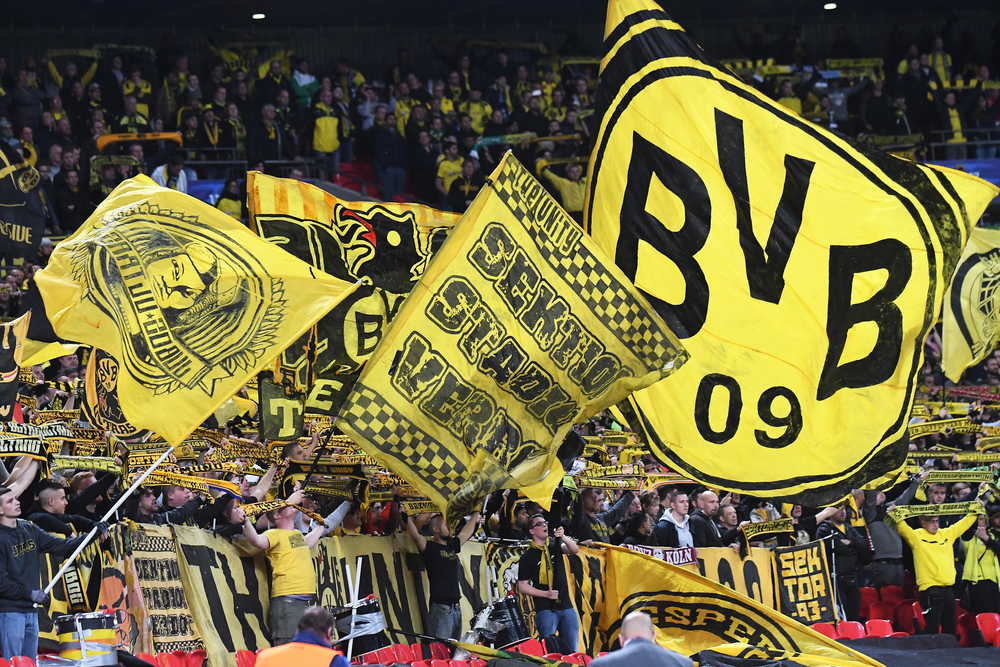
Dortmund made a huge spending this season with €99.7 million laid out on new players. However, with an income of only €72.75 million, the club ended the window with a negative balance of almost €27 million. It signals a bold, perhaps risky, push to close the gap to the top. Currently they are no. 4 in the table, same position they ended last season. So they need to show up in the in 2026 to prove the expenses in the transfer-window were worth it.
Wolfsburg
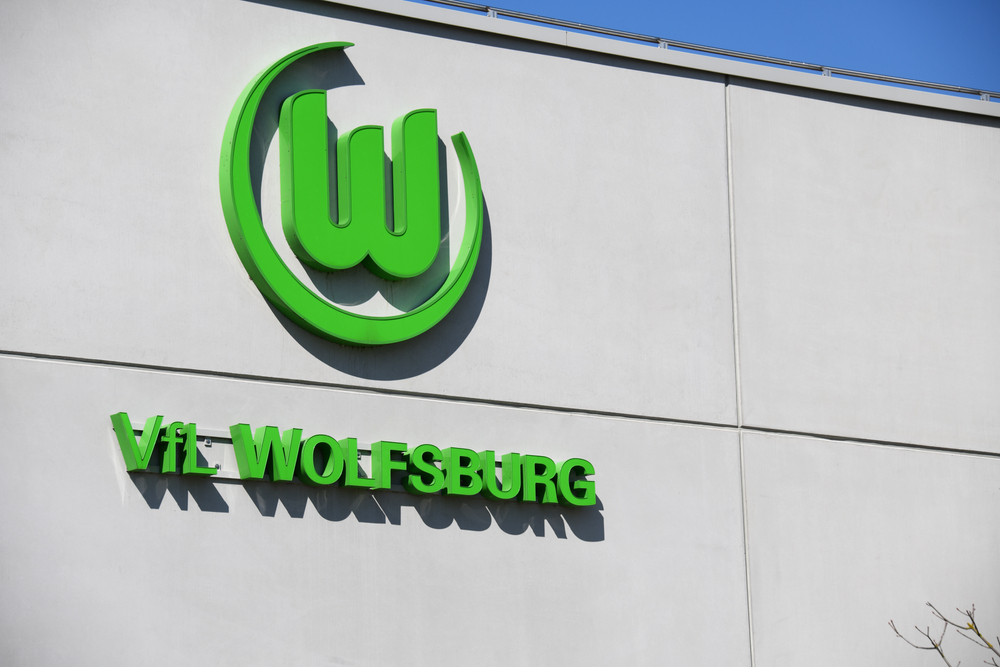
Wolfsburg invested €41.65 million in new talent, but generated just €37.5 million from sales. The resulting deficit of over €4 million places them among the few clubs with a negative net spend, albeit a modest one. Their strategy hints at a desire to consolidate without overextending financially.
Freiburg

Freiburg kept a relatively low profile, spending €32.7 million. With €30.9 million in income, the club posted a small deficit of €1.8 million. Their approach suggests incremental strengthening rather than wholesale squad changes.
Hoffenheim
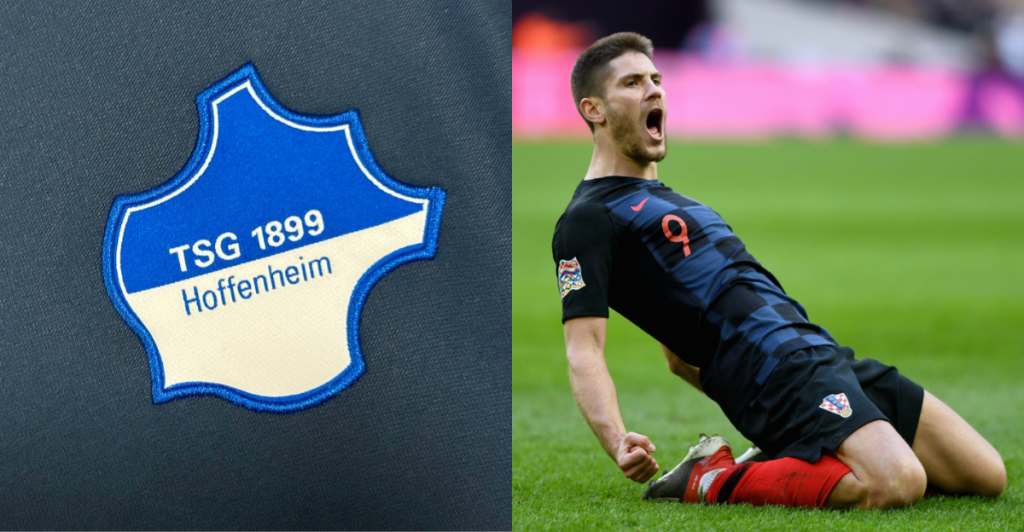
Hoffenheim spent €22.75 million and brought in €27.4 million, finishing with a surplus of €4.65 million. Their restrained strategy points to selective recruitment and a preference for financial equilibrium over aggressive expansion.
Read also: Supercomputer Predicts the Final 2025/26 Championship Table
Mainz
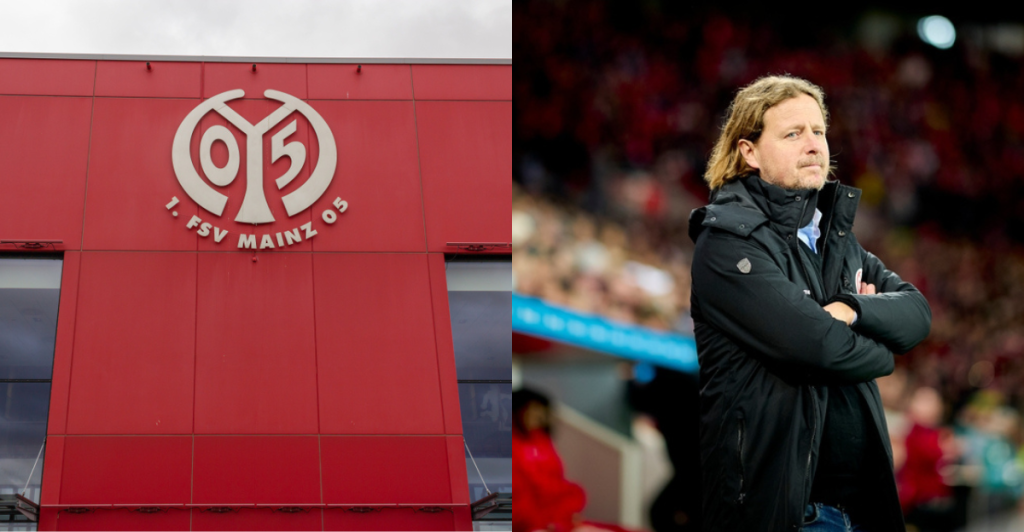
Mainz made low-key moves in the market, investing €14.2 million while selling for €24.5 million. That left them with a healthy positive balance of over €10 million, underscoring a conservative but effective transfer policy.
Mönchengladbach
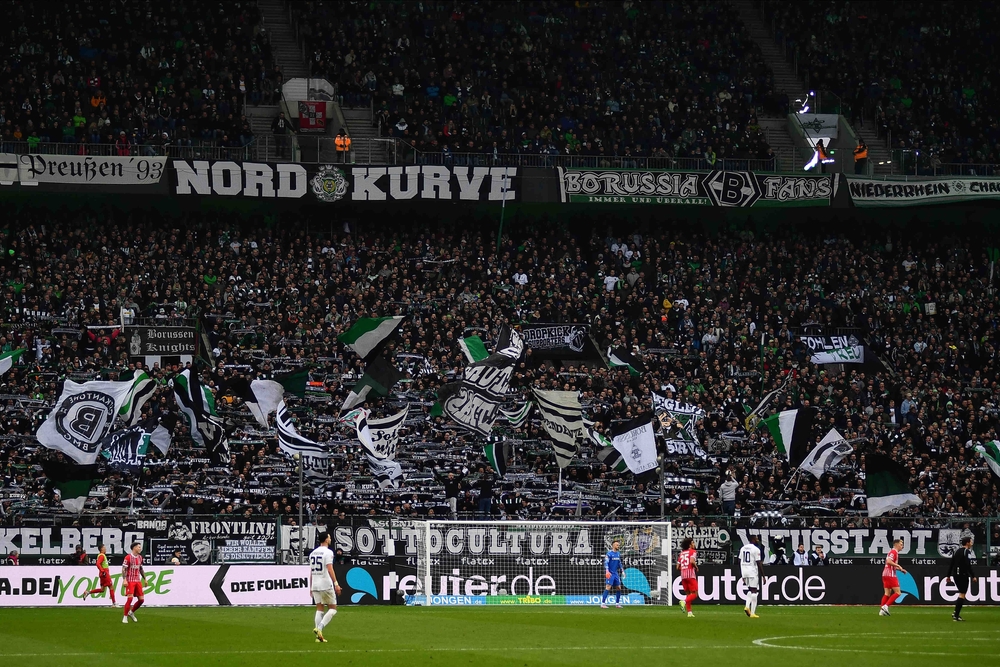
Gladbach’s net spend remained minimal. The club spent €17.25 million while generating €24.25 million in revenue, ending with a surplus of €7 million. Their strategy reflects a focus on selling smartly while adding depth. Though as they are placed last in the table currently could potentially show a lack of quality buys in the transfer-window, specially after their 10th place last season.
Union Berlin
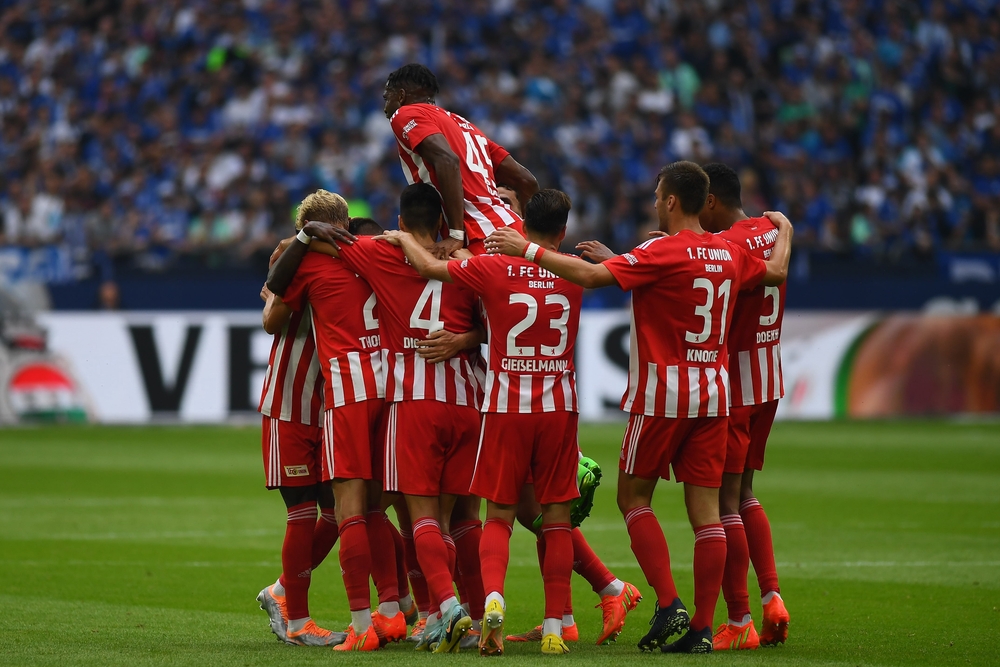
Union Berlin spent €18.1 million and earned €18.3 million, resulting in an almost perfectly balanced window. Their €200,000 surplus indicates efficient management with limited financial risk. With a current 9th place in the standings, it does show improvement from last season and therby an acceptable and approved transfer-window, if they can keep it.
Augsburg
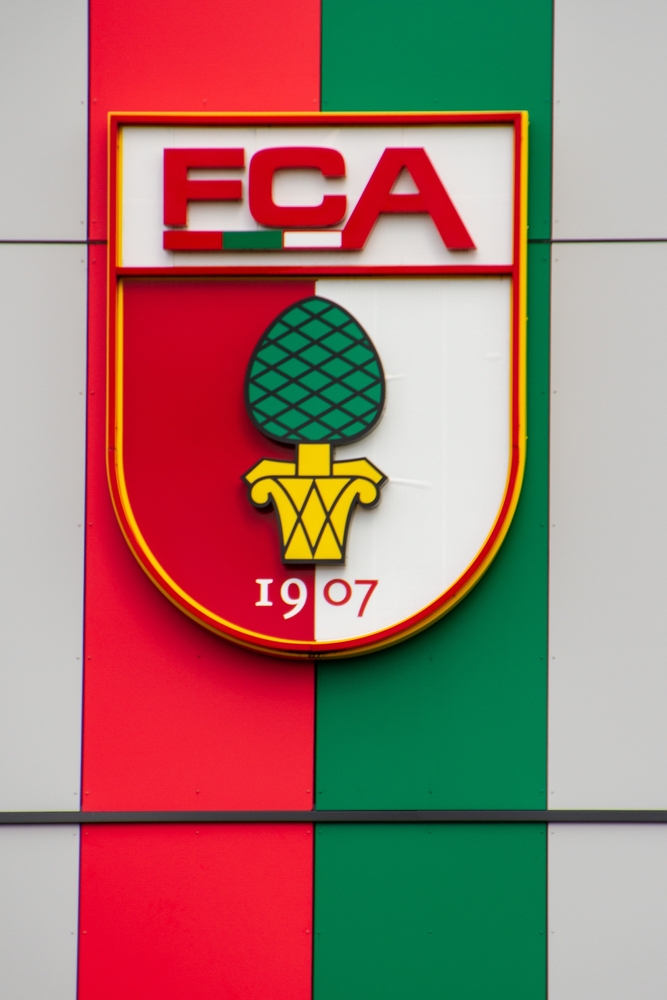
Augsburg’s outlay of €24.2 million surpassed their income of €13.3 million, producing a deficit of €10.9 million. The figures suggest a determined investment phase, potentially aimed at improving league stability. They've also brought in the former german striker Sandro Wagner as the new coach for the 25/26 season. They are currently positioned as 13, a place lower than their ending in 24/25, so currently there has been no significant improvement in the standings for the 25/26 season.
Read also: 15 greatest left-wingers in football history (ranked)
Köln
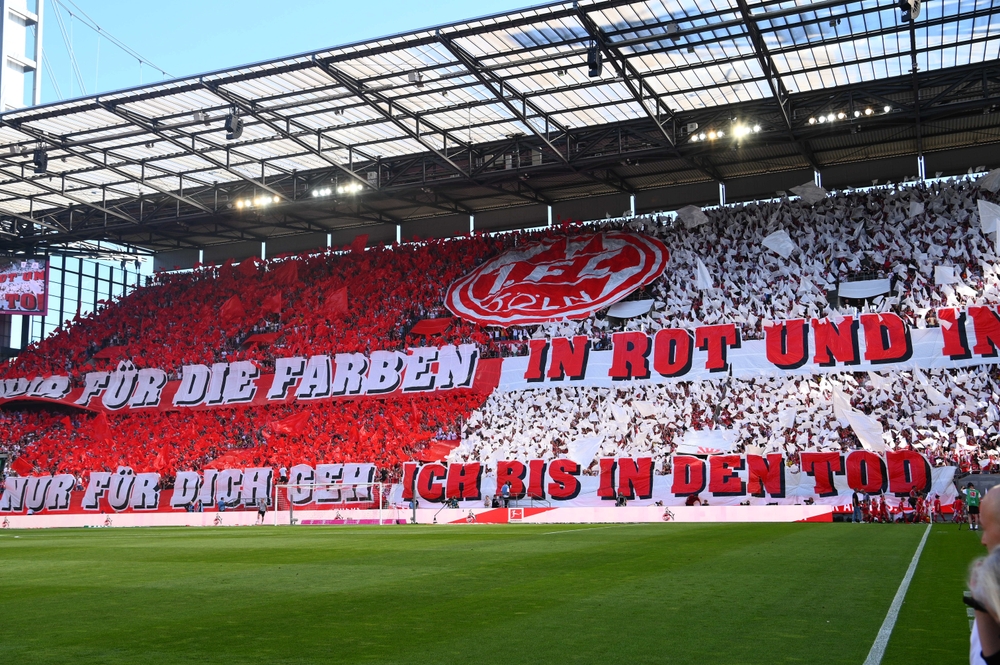
Köln spent €24.43 million, with income amounting to just €12.4 million. The resulting deficit of over €12 million makes it one of the most aggressive windows in the club’s recent history. As the promoted team from 2. Bundesliga and currently placed as no. 6 in the league, shows that their expenses have paid off. Question is, if they can hold the spot throughout the season.
St. Pauli
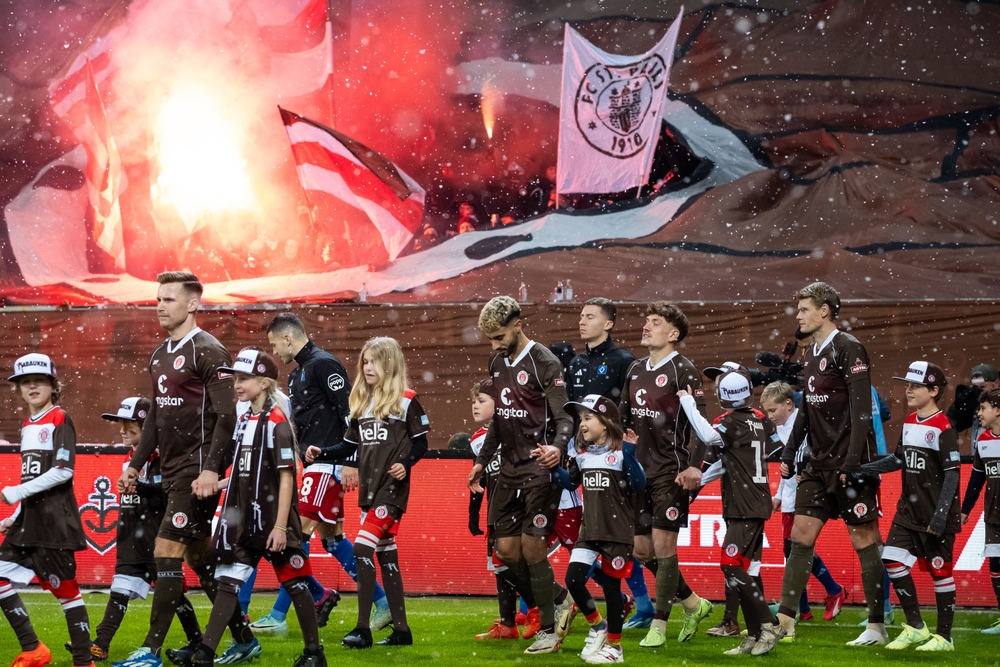
Newly promoted St. Pauli spent €13.5 million while bringing in only €12.05 million. The resulting negative balance of €1.45 million reflects modest ambition within a cautious financial framework. Currently sitting at no. 14 in the standings after 7 matchdays, can give indications the investments might not have paid off yet.
Heidenheim
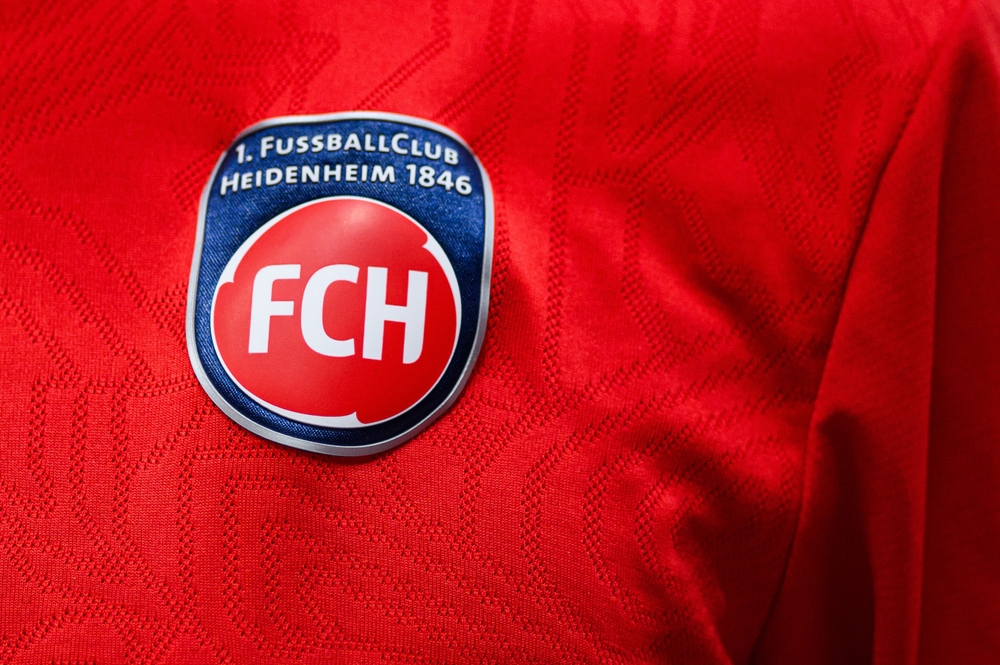
Heidenheim operated on the smallest budget, earning €9 million and making no expenses. Their zero expenses suggests either a deliberate retention strategy or a lack of market interest in other players currently. Positioned as 17, 2nd to last in the standings, might suggest they should've opted for some new strong players to add to the squad over the summer.
Werder Bremen
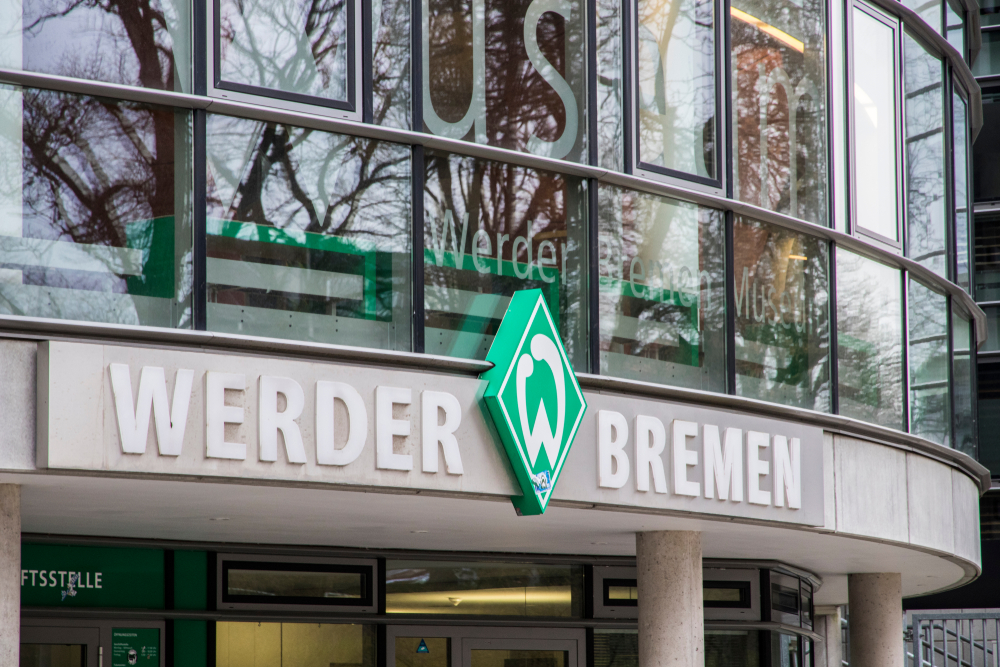
Bremen spent €10 million and recouped €8.5 million through sales. Their negative transfer balance of €1.5 million shows a bold approach, aiming to reinforce the squad and potentially risking some angry sponsors if things don't go right. Currently positioned 12, compared to their 8th ending last season, might suggest some problems on the team and could potentially cost in the end?
Read also: From Yamal to Ronaldo: Football’s biggest earners in 2025/26
Hamburg
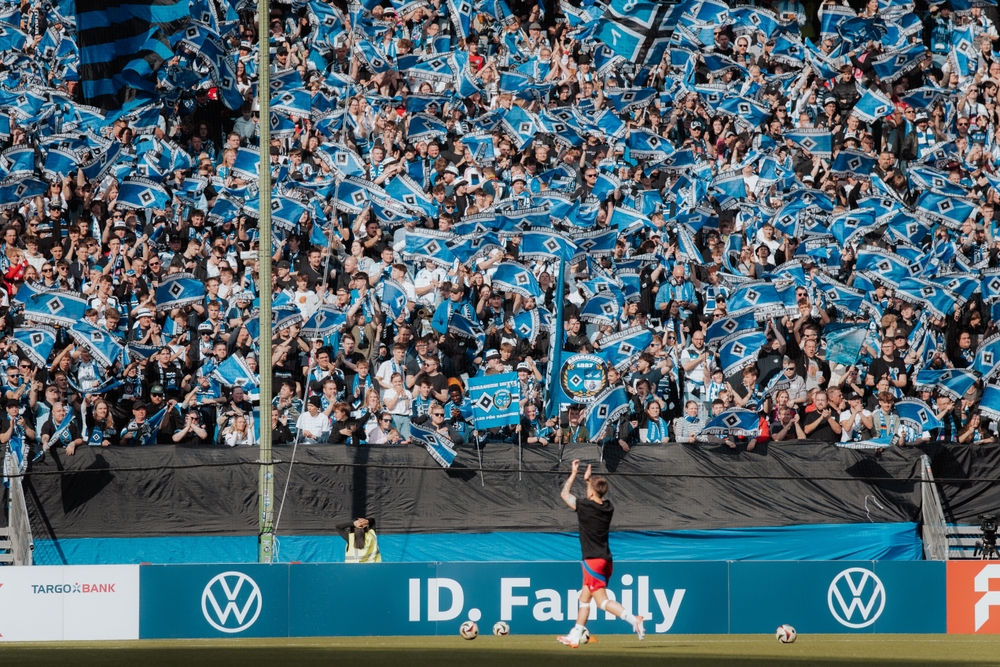
Hamburg recorded the lowest expenditure in the league, outside of Heidenheim, with only €8.8 million spent and €7.17 in income. The net loss of just over €1.6 million places them among the more passive clubs, likely reflecting a conservative strategy post-promotion. They are currently placed in the middle of the pack as no. 11. If they can keep this position, they can probably justify their €1.6 million net loss in the summer transfer window.
Note: All data in the gallery is aquired from Capology.com


